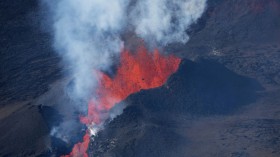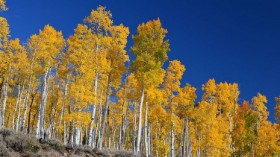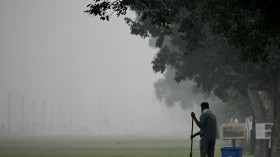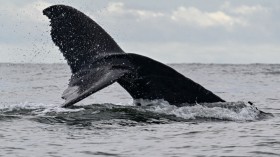According to a new study, man-made aerosols reduced the frequency of hurricanes that hit the North Atlantic region for a greater part of the 20th century. Researchers found that a decrease in air pollution led to an increase in the Atlantic hurricane activity.
For the study, scientists from the UK Met Office created simulations of weather conditions from 1860 to 2050. The team found that the frequency of tropical storms were low when there were higher aerosol levels over the North Atlantic, reports AFP.
Aerosols are small matter particles suspended in a gas. There are many natural aerosols such as fog or clouds. Burning coal or oil also creates aerosols that reflect sun's rays.
"Increases in anthropogenic emissions (particularly of aerosols) through most of the last century is found to have reduced hurricane activity," co-author Ben Booth told AFP."The cooling impact of man-emitted aerosols may have had a more important regional impact on climate than we previous appreciated."
The authors said that aerosols reflect sun's rays and help bring down temperatures. Hurricanes feed off the warmth of oceans and so the "cooling effect" of the aerosols brings down the intensity of a hurricane.
The increase in pollution in the western countries has had a devastating effect on the climate in Africa. Previous studies have shown that the "cooling effect" in the Northern Hemisphere shifted the rain bands south and caused a widespread drought in the Sahel region of Africa, affecting millions of people.
The rain bands shifted back to the Sahel after the U.S and Europe passed the clean-air legislation.
The study found that cleaning-up the air resulted in high-intensity Hurricanes in the North Atlantic.
"The clean-up of industrial aerosols in the last 20 years, while being beneficial for human health and linked to a recovery of African Sahel rains since the 80's droughts, may have contributed to increases in Atlantic hurricane activity," Booth said in an email to AFP.
The study is published in the journal Nature Geoscience.
© 2024 NatureWorldNews.com All rights reserved. Do not reproduce without permission.





